#1980s
Junkyard Find: 1988 Mazda 323 Base Hatchback
Six thousand 1988 dollars were worth about $15,822 in today's money, according to the United States Bureau of Labor Statistics, just below the MSRP of the cheapest new car available here now. In 1988, American car shoppers could choose among a dozen new cars priced below that figure. Today's Junkyard Find is a rare example of Mazda's entry in the sub-six-grand field for '88, found in a self-service yard in northeastern Colorado.
Junkyard Find: 1987 Toyota Conversion Van
Chrysler revolutionized the American family-hauler world in the 1984 model year when the Plymouth Voyager and Dodge Caravan minivans first appeared. That same year, Toyota began selling Americanized versions of its LiteAce/ TownAce/ MasterAce Surf vans over here, attracting less attention but moving enough of them that I still see them during my junkyard travels. Here's an '87 that received the camper-conversion treatment, now residing in a Northern California car graveyard.
Junkyard Find: 1988 Buick Reatta Coupe
Just over 20,000 Buick Reattas were made during the model's production run for the 1988 through 1991 model years, and I had documented seven of them in car graveyards prior to today's Junkyard Find. All of those cars were in reasonably good condition, but today's '88 is an example of a Reatta that was loved to death by its final owner.
Junkyard Find: 1983 Toyota Corolla Deluxe Wagon
Until the 1984 model year, every new Corolla sold in the United States used a rear-wheel-drive configuration. Today's Junkyard Find is an AE72 Corolla station wagon, from the final model year of its generation sold here, found in a car graveyard in John Steinbeck's hometown.
Rare Rides Icons: The Lincoln Mark Series Cars, Feeling Continental (Part XLII)
We bid a sad farewell to the Mustang-adjacent Mark VII in our last installment. The first Continental Mark to adopt modern styling and disconnect itself from the Mark III of 1968 was also the last of its kind to wear a Continental badge. And as Lincoln sought to clarify its product lineup by separating the Continental sedan and allowing the Mark to stand on its own, the company also attempted to bring in a new, sportier customer. And that customer became the target at which the Mark VIII was aimed.
Junkyard Find: 1983 Datsun 200SX Coupe
Nissan sold two generations of Silvias badged as Datsun 200SXs in the United States from the 1976 through 1983 model years, then sold the subsequent Silvia generation here as the Nissan 200SX until 1989. Today's Junkyard Find, found in a yard just south of Denver, is a nicely preserved example of the final year of the S110 Silvia, as well as of the Datsun name.
Rare Rides Icons: The Lincoln Mark Series Cars, Feeling Continental (Part XLI)
Junkyard Find: 1986 BMW 325es
When I first became a wise and fair judge for the 24 Hours of Lemons race series, back in 2008, I got a lot of static from Internet Car Experts who noted the large quantity of BMW E30s in every race and proclaimed that any E30 in any condition was worth at least ten times more than the Lemons $500 limit on car cost. Because I spent a great deal of time in self-service junkyards and saw that—at least in California—such places were overflowing with unwanted E30s, I knew they were wrong. 15 years later, though, E30s have become fairly rare in junkyards, so this fairly complete 325es in a Colorado yard caught my eye a few weeks back.
Rare Rides Icons: The Lincoln Mark Series Cars, Feeling Continental (Part XL)
Here we are, the 40th installment in the Lincoln Mark series cars. After the debut of the exciting new Continental Mark VII in 1984 heralded the arrival of modern styling and a Luxury Sports Coupe (LSC) trim, Lincoln’s management made minor trim alterations in 1985 before Big Time Changes in 1986.
Rare Rides Icons: The Lincoln Mark Series Cars, Feeling Continental (Part XXXIX)
As we’ve learned in the prior two installments to this series, the Continental Mark VII was a new take on Lincoln’s halo PLC theme, inside and out. With a distinct move away from huge chrome bumpers, excessive trim, and bench-style seating for six, the Mark VII also wanted to move its trim designations beyond the leisure suit era that affected the prior two generations. The new trim hierarchy would end up the final time a Designer Series was available on a Mark.
Rare Rides Icons: The Lincoln Mark Series Cars, Feeling Continental (Part XXXVIII)
After a review of the Lincoln Continental Mark VII’s completely revamped and modernized styling in our last entry, we’ll spend this today on its interior. As Lincoln attempted to draw a new, more youthful well-heeled customer base to the Mark, the PLC traditionalist of yore faded away. And said youthful customer - usually with an eye on European cars - was less interested in acres of faux wood panel, ruched velour, traditional instruments, and overstuffed button-tufted interiors.
Rare Rides Icons: The Lincoln Mark Series Cars, Feeling Continental (Part XXXVII)
As we learned in our last entry, the new for ‘84 Lincoln Continental Mark VII headed in a different direction than any of its PLC predecessors. It was smaller and lighter than even the downsized Mark VI that came before it and rode on the newer Fox platform shared by the Mustang, Thunderbird, Cougar, and indeed the Continental sedan. The Mark’s Eighties evolution was a necessary measure as European luxury competition came in hot, and the disco-traditionalist type PLC customer of the past was no more. Lincoln’s designers had a tall order in the earliest days of the Eighties: Maintain the Mark’s identity generally as a Lincoln and a luxury coupe, and move its looks beyond everything prior to 1984.
Rare Rides Icons: The Lincoln Mark Series Cars, Feeling Continental (Part XXXVI)
When Lincoln’s new Continental Mark VII arrived for the 1984 model year, the sleek new coupe offered immediate relief from the tired (and lousy) Panther platform Mark VI that languished at dealers between 1980 and 1983. The move to the Fox platform with the likes of the Thunderbird and Cougar was accompanied by a big step forward in drivability, technology, and general modernization for the Mark. Finally!
Rare Rides Icons: The Lincoln Mark Series Cars, Feeling Continental (Part XXXV)
It didn’t take very long for the chilly reception of the downsized and Panther-based Mark VI to reach Ford HQ in Dearborn. Despite the seductive and elegant four-door Mark VI’s presence, sales were nowhere near those of the outgoing Mark V. Things continued on their downhill trend for the model’s four-year duration. It was time for an all-new take on the PLC from Lincoln.
Junkyard Find: 1988 Toyota Camry All-Trac
When American Motors introduced the Eagle for the 1980 model year, followed by Audi beginning Quattro sales here a year later, it was finally possible to buy cars—not trucks—that powered all four wheels with no confusing decisions demanded of drivers. Toyota's response to this was the All-Trac AWD system, which first appeared here in 1988 models. Here's one of those first-year cars: a Camry All-Trac found in a Denver self-service yard recently.






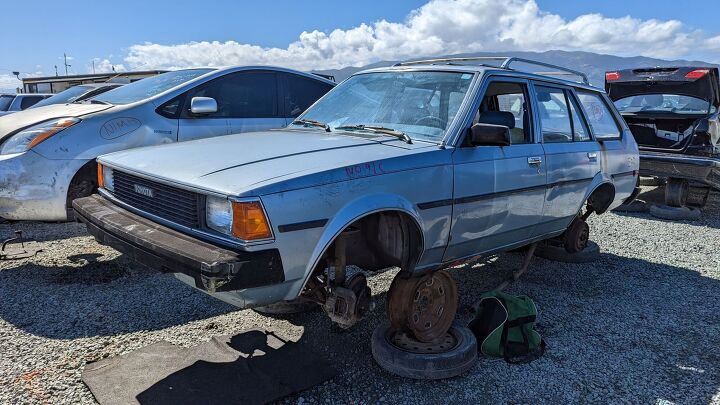
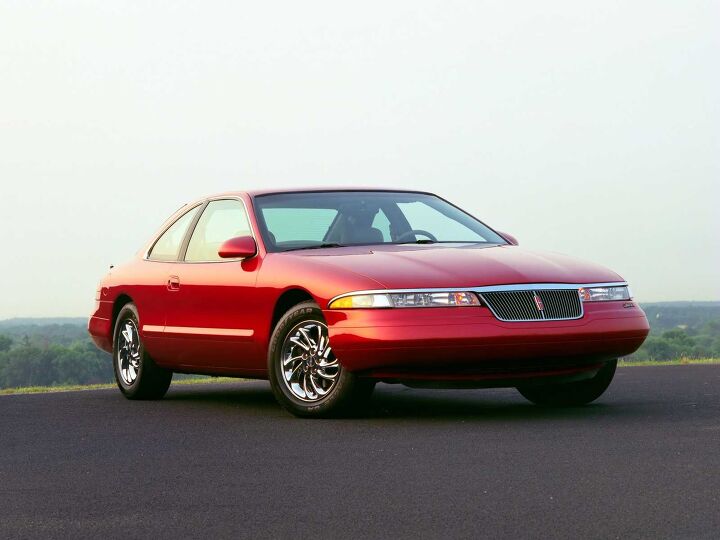

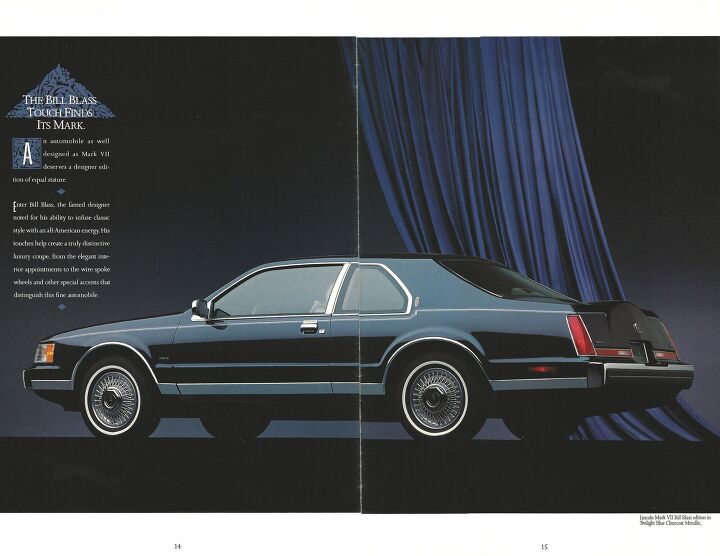

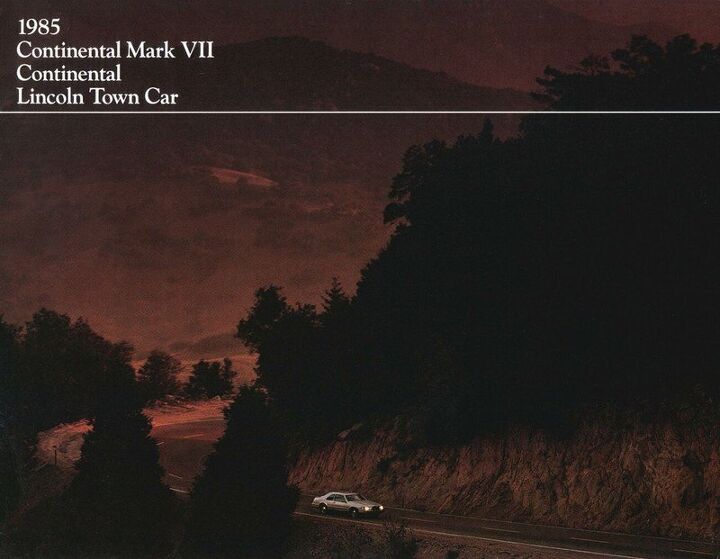
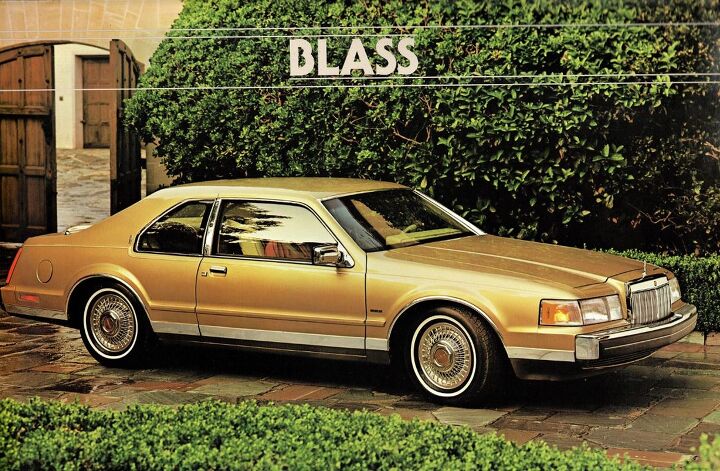
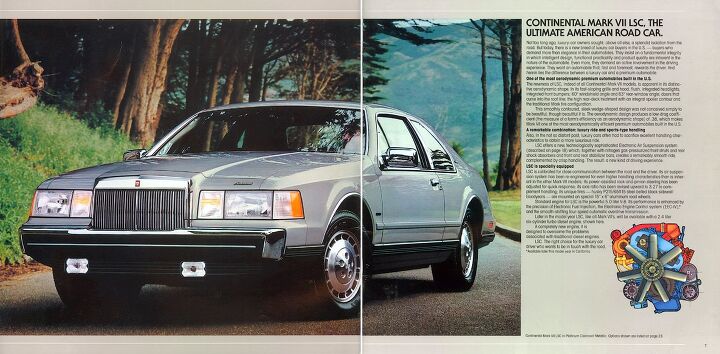
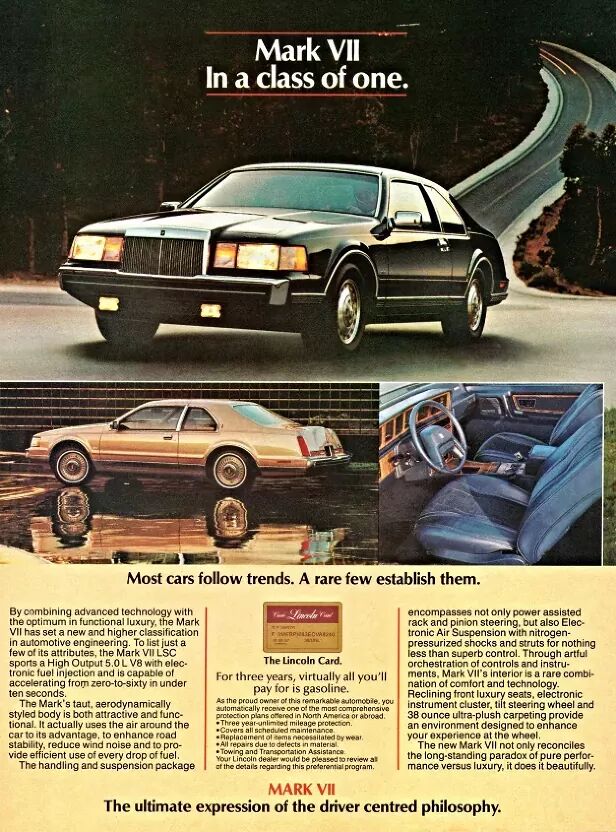

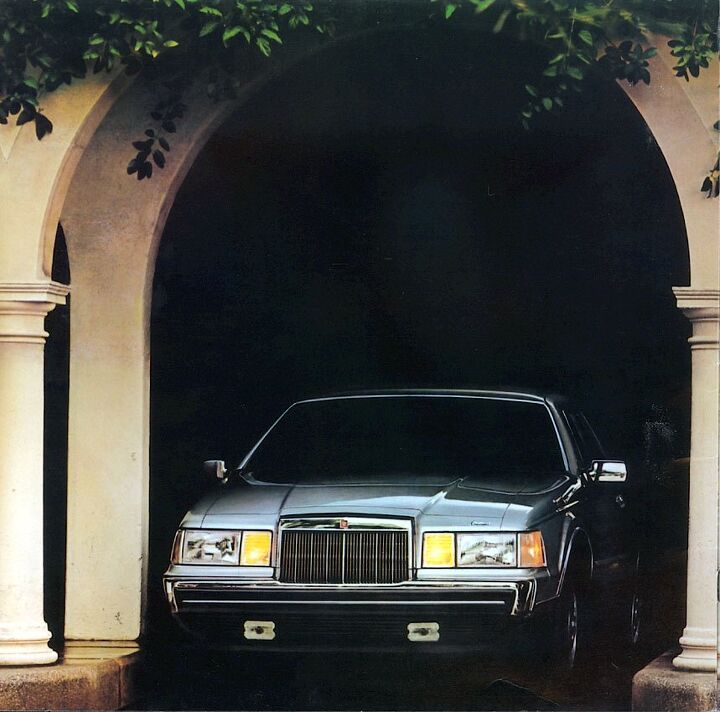













Recent Comments